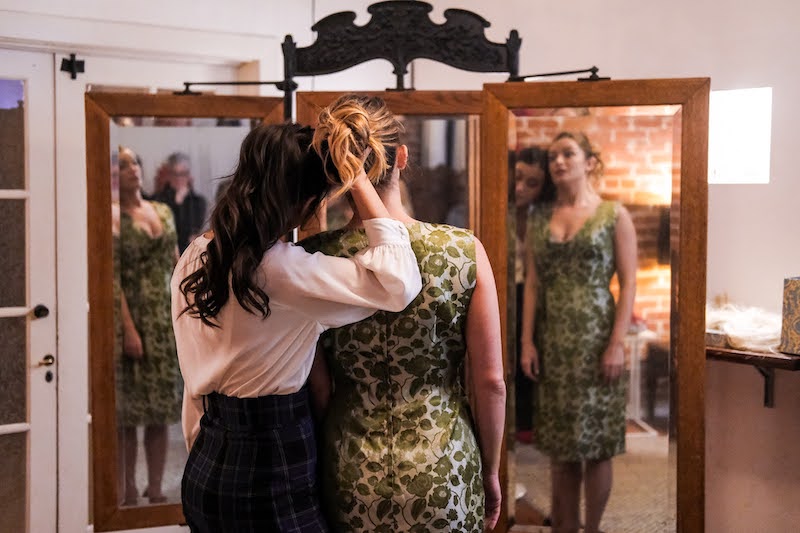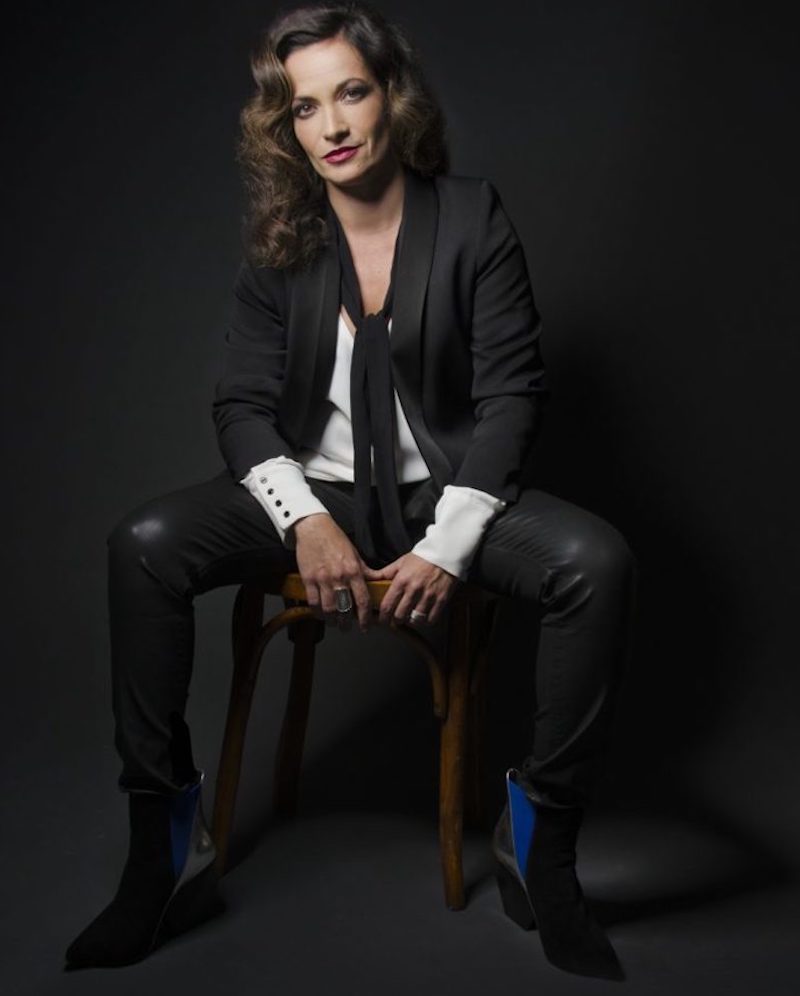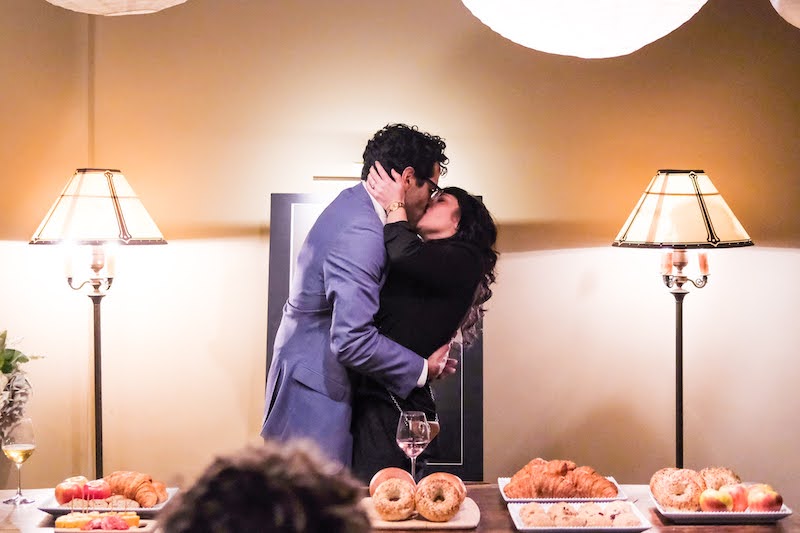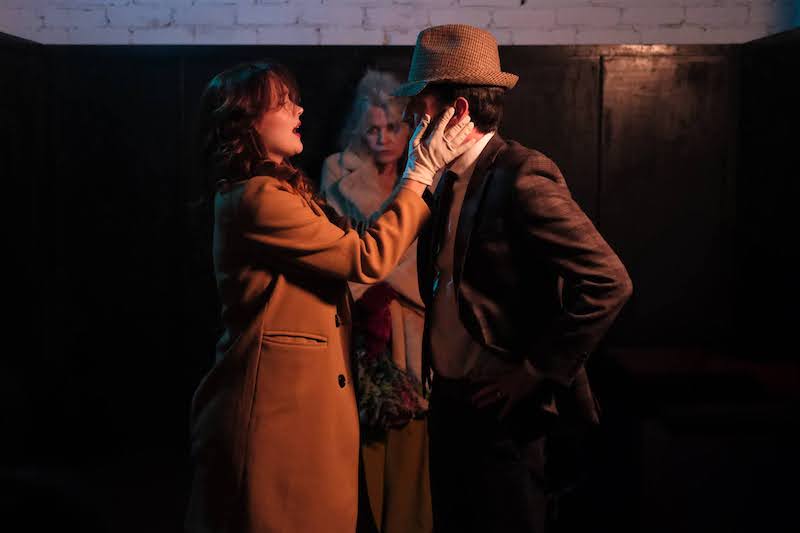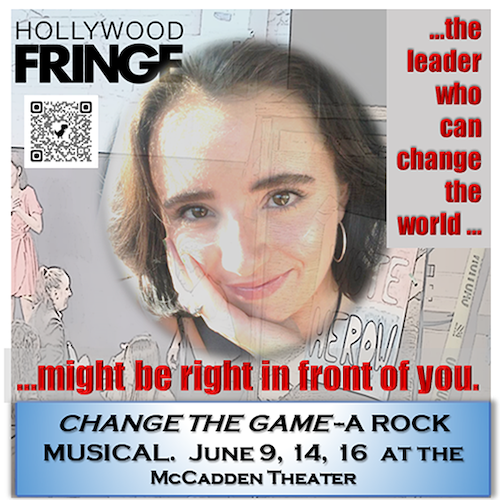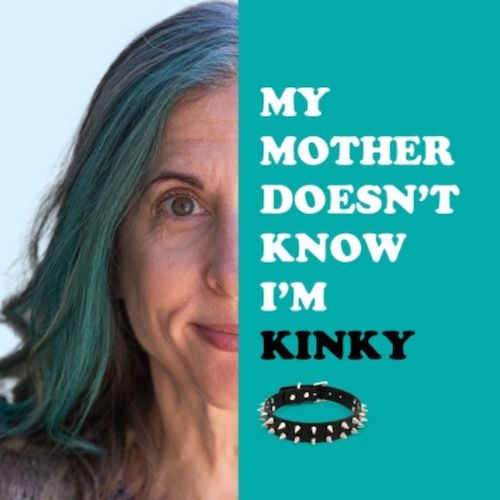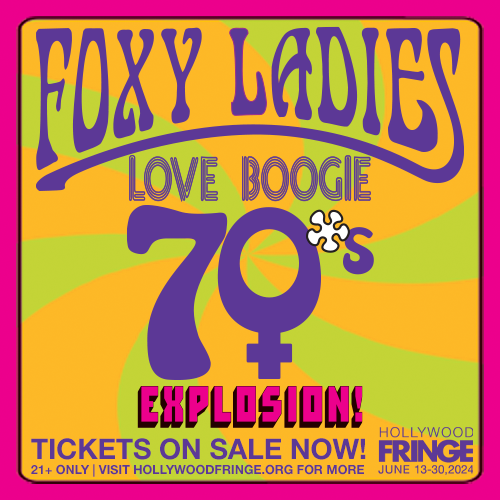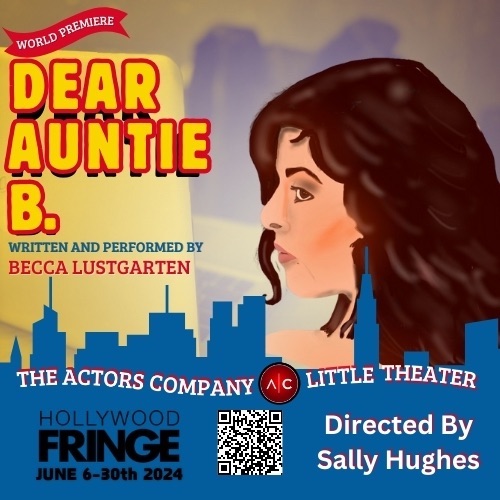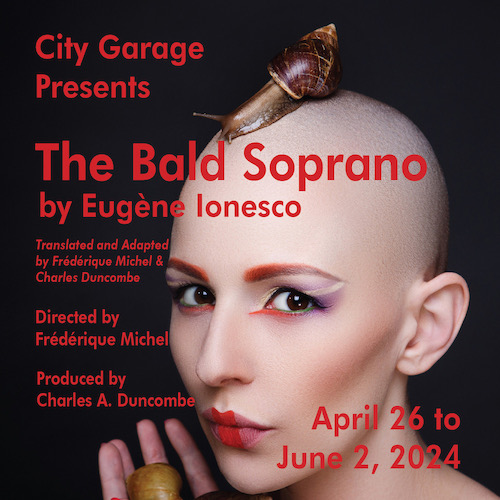
Tri-Star Quantum Soirée, performed by Microtheater LA
Sonia Sebastian Brings Site-Specific Events from Madrid to L.A.
By Jose Nateras
From Spain to Los Angeles and beyond, Sonia Sebastian’s work as a director on stage and screen is now a multi-city, international phenomenon. One of the co-founders of Microtheater Madrid, she has been a key part of bringing to Los Angeles the Spanish theater’s signature mode of presenting various short, site-specific plays, curated into a single theatrical event.
In February, Sebastian — via Microtheater LA and Rita House — presented one such theatrical event, the Tri-Star Quantum Soirée. Consisting of three short plays, written and directed to be presented in specific locations within the historic Rita House, Tri-Star Quantum Soirée quickly sold out its short run of performances. Due to such high demand for the event, two additional performances have been scheduled for March 30th.
Conceived in Madrid, the company’s site-specific, short-play concept has been presented internationally, expanding to Mexico City, Buenos Aires, Lima, Santo Domingo, Miami, and Los Angeles.
The current venue, Rita House, is a Spanish Colonial building near The Grove that was built in 1926 as a prop design studio for film and TV. Television. It then became a violin factory until, in 1967, award winning costume designer Rita Riggs bought the building and made it her studio for her work with everyone from Alfred Hitchcock to Norman Lear. She passed the building to Tash Rahbar and Scott Strumwasser, who ran an architecture firm there for over 30 years. After restoring and transforming it, they opened it up as a venue for work-sharing and “creative exploration.” It’s currently named after Rita Riggs.
Of the three pieces that comprise Tri-Star Quantum Soirée, “Elevator to Nevermore” is perhaps the most powerful. The piece, directed by Sebastian and written by Paula Roman, is indeed set in an elevator, with audience members seated within the industrial lift alongside performers. As a result, “Elevator to Nevermore” makes expert use of the site specific model that Microtheater is known for.
(That model was also emerging by a L.A. company called Moving Arts at about the same time Microtheater was being conceived in Madrid. In 2009, Moving Arts premiered its Car Plays, micro-dramas in which audiences of two or three were escorted from car to car, to sit inside. All of the cars were situated in a parking lot and became mini-theaters for 10-minute dramas enacted by actors also sitting in the cars, or standing around them.)
Now based in Los Angeles, Sonia Sebastian took the time to talk with Stage Raw about her efforts to bring Microtheater to Los Angeles, her collaboration with the multi-use historic space Rita House, and more.
The following conversation has been edited for clarity and coherence.
Stage Raw: I’m really interested in hearing about Microtheater Madrid and how that’s correlated to Microtheater LA, which is one of the presenters of Tri-Star Quantum Soirée.
Sonia Sebastian: Yes, so we started Microtheater Madrid in 2010 with one of my business partners. In that moment, there was a bordello in an area that was set for gentrification. It was one of the worst areas of Madrid at that time. The city had started to clean it [up] a little bit and in one of the bordellos, before they were going to demolish, they gave us the opportunity to create some theater pieces in there. We did it for like, two weeks, and it was so successful that Miguel Alcantud, who is my business partner, said “I want to do this, but stable.”
So we got together with more partners that he knew [and] someone that I knew, and then we rented a place which was the actual Microtheater in Madrid: Microteatro — Microteatro por Dinero is the name. And we started to develop plays there. We built five rooms in the basement and on the main floor. We had a bar where we’d have exhibitions as well. We started with our own plays until the project started working. We got some press, we got some famous people who came to act, who came to write. And it became a phenomenon at that moment. It was kind of a center of networking as well. Casting directors were there to find actors, famous directors, famous writers were there to test materials and between jobs were there to explore. It was fantastic. And now, this was like 14 years ago, right? I’m still one of the programmers of Microtheater Madrid and we’re still receiving like, 100 plays every month [in order to] to select 13. We have franchises all around the world. We’re kind of trying to like, keep expanding.
SR: It really does feel like a bit of a global movement. In terms of the co-production between Micro Theater and Rita House, how did Tri-star Quantum Soirée end up coming about?
SS: In 2016, when I had recently came here to the United States. I did one Microtheater event in Santa Monica artists’ studios, with five other directors, and we put the plays in the artists’ studios, and it went really well! In the pandemic, because we were at home, I said, okay I’m going to do this again, but on Zoom. In May, in the beginning [of the pandemic], we did it on Zoom, another Microtheater event and it went really well. Then, last September, Rita House contacted me on Instagram and they said ‘Hey, how are you doing? We saw what you did in Madrid, we saw what you did here and we would love to have you check out our space and see if you could write something for it.” And when I went to Rita House, I was impressed. I have driven that street many times and I had never seen that house. And I started to imagine an idea about how we could put together this event here. Well, we thought it could be about this house that we could only see some time of the year, when three stars are aligned and the house has this quantum experience. Then we can go through eras in the rooms. I pitched the idea to Rita House and they were like, “Yeah, we want to do it.”
So I got in contact with other directors that I know from a workshop group that I have, and we started creating. And the idea is to do a couple more events and see how it goes, with different plays.
SR: It definitely sounds like the space was the inspiration for the piece. Is that generally how you like to develop theatrical pieces; location based?
SS: Yeah, that’s what I like. I like immersive theater. I worked for seven years in Madrid as the artistic director of the Cervantes Society and we have the Cervantes Theater there and what we use is the whole building to create experiences and it was always based on the space and the building. I love everything that is space-based. I like to be on a stage as well, but how I really enjoy theater is in these different places, where you can find performances in more unique — I don’t know, the audience is not quite participating but they’re there, part of the experience in that moment and the actors are very close. I like that.
SR: How has working in theater been for you in LA? What has the theater scene been like for you?
SS: I directed the three Microtheater events and I directed another play, Lover, that was at a theater on Melrose. I was hired to direct that play. I think there is something you can find, but it’s not like in New York or Madrid, or even Chicago. I mean, there are still a lot of people doing things and there is theater.
We’ll be coming back to Rita House on [March] 30th for another performance and I will probably create another event, but my goal at one point will be to have my own space that will be only Microtheater, nothing else, with five rooms and a tapas bar with Spanish food — to have, a little bit like we have in Madrid, [where] every week there are things happening and every month we’re changing the plays. I think there are places, like for example, in Hollywood or East Hollywood where it could work. I think Hollywood is kind of in the middle of everything, so that would be a nice place to do it. So, that would be one of my dreams and one of my goals for the next few years.
Having a real Microtheater experience, because how we do it there [in Madrid] is you go and you see the plays you want to see. You can buy tickets for one, for two, for three, for four, for five. You decide how many plays you want to see and they’re running every X minutes, constantly during the night. And I think that’s cool. It allows you to be more proactive in what you want to see and I like that.
SR: I love the idea that it’s almost a ‘choose-your-own-adventure’ theme-park kind of theatrical experience. You get to go and experience these different pieces. Are they all generally connected to a theme or a certain throughline?
SS: They are usually connected to a theme. For example, now we’re reading the ones for June [at Microtheater Madrid] and that is Pride. So, every month, all the plays have a different theme and all the plays should be around the theme, but there’s freedom, you could have a comedy or a drama or dance, or whatever you want. But they have to be around that theme. So people send in plays with directors and actors, bringing in their own style and everything. We choose the five plays, so if we have two comedies, then we put in some drama, or let’s try something more experimental, we’re trying to make it so that if someone comes and wants to see any of the five plays, they can have a great experience with the five plays, so that it’s not the same.
SR: Generally speaking, what is the runtime for each of the short plays? Does it vary a lot?
Sonia Sebastian: Usually it ranges from 10-15 minutes. In the rooms that we have, they sit about 15 audience members in each room. The rooms are small and that allows for some really creative production designs.
SR: In terms of the work that you like to do as a theatrical practitioner, are there generally some kind of themes you are drawn to as an artist, or do you like to play with different genres?
SS: I like to play with different genres, but I also like to take the classics and deconstruct them. To see what they have to say in our contemporary world. That’s one of the things in theater that is one of my themes. I love to do that. For example, there was a production of Much Ado About Nothing that I did with three women who were playing all the characters and with lights they would transform into all the characters telling all the scenes. I have another one from Lorca. That’s one of my passions in theater.
Tri-star Quantum Soirée is being presented at Rita House, 5971 Third Street, Los Angeles, Sat., March 30, 5:30 and 9 pm; Tickets here.


